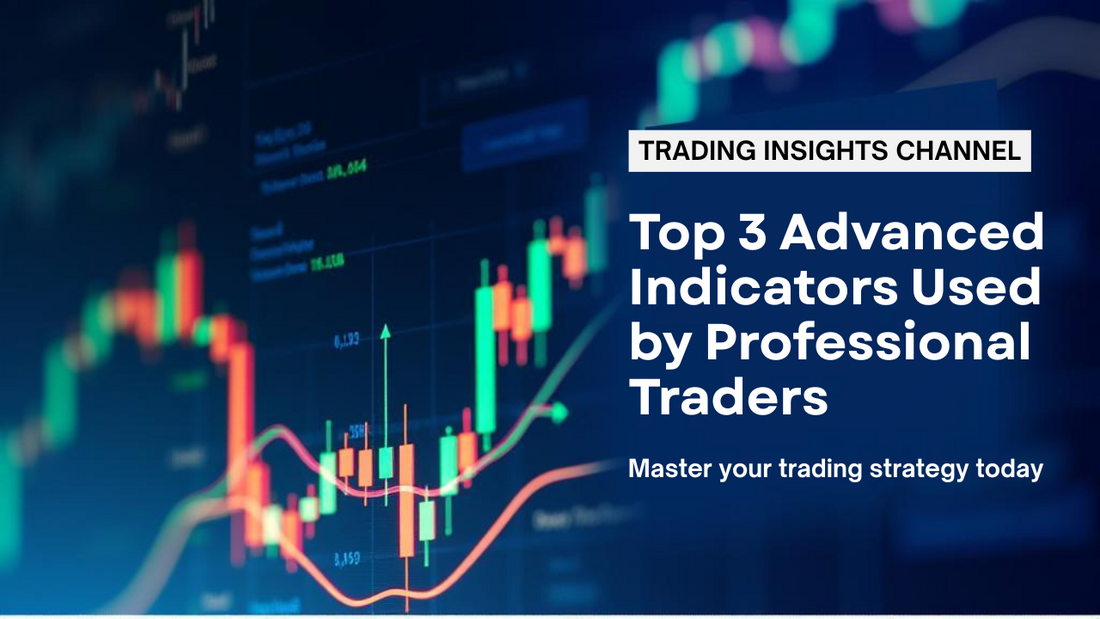
Top 3 Advanced Indicators Used by Professional Traders
Share
Professional traders rely on a variety of indicators to make informed decisions in the fast-paced world of trading. While beginners may stick to basic indicators like moving averages and RSI, seasoned traders often incorporate more advanced tools into their strategies. In this blog post, we will explore the top 3 advanced indicators used by professional traders to gain an edge in the market.
What is the Relative Strength Index (RSI)?
The Relative Strength Index, or RSI, is a momentum oscillator that measures the speed and change of price movements. Professional traders use RSI to identify overbought or oversold conditions in the market. A reading above 70 indicates that an asset may be overbought, while a reading below 30 suggests it may be oversold. By analyzing RSI levels, traders can anticipate potential reversals and adjust their trading strategies accordingly.
How do Fibonacci Retracement Levels Work?
Fibonacci retracement levels are based on the mathematical sequence discovered by Leonardo Fibonacci. These levels are used by professional traders to identify potential support and resistance levels in a market trend. By drawing Fibonacci retracement lines on a price chart, traders can pinpoint key levels where an asset is likely to reverse or continue its trend. This advanced tool helps traders set profit targets and stop-loss orders more effectively.
Exploring the Ichimoku Cloud Indicator
The Ichimoku Cloud is a comprehensive indicator that provides information about support and resistance levels, trend direction, and momentum all in one chart. Professional traders use the Ichimoku Cloud to confirm trends, spot potential reversals, and generate trading signals. By analyzing the different components of the cloud, including the Senkou Span A and Senkou Span B lines, traders can make more informed decisions about when to enter or exit a trade.
Mastering these advanced indicators takes time and practice, but the insights they provide can significantly improve a trader's success rate. By incorporating tools like RSI, Fibonacci retracement levels, and the Ichimoku Cloud into their trading strategies, professionals can gain a deeper understanding of market dynamics and make more profitable trades.



